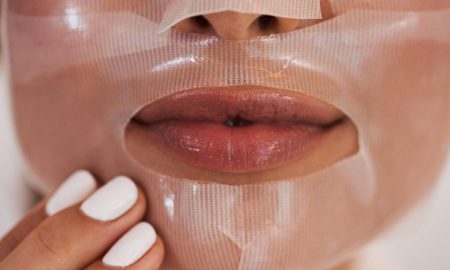 Photo Credit: Shutterstock
Photo Credit: Shutterstock
Lymphedema is a medical condition that develops when the lymphatic fluid in the body “backs up” due to trauma to, or removal of lymph nodes. For patients who have undergone breast cancer surgery and/or radiation treatment, upper arm lymphedema is a possible complication that can occur.
Signs and symptoms of lymphedema after breast cancer treatment can include:
- Swelling in arms, hands, fingers, shoulders or chest
- A feeling of heaviness or tightness
- Restricted range of motion
- Aching or pain
- Decreased flexibility in the hand or wrist
- Hardening and thickening of the skin on your arm
Lymphedema symptoms can range from mild to severe and for some can be debilitating. Typically, symptoms can be managed through range of motion exercises, elevation, “lymphatic” massage, compression garments, intermittent pneumatic compression devices, and multi-layered banding. For individuals who are unable to find symptom relief from non-surgical treatment options, two new surgical lymphedema treatment procedures are offered at PRMA Plastic Surgery providing patients hope for better quality of life—lymphatic-to-vascular anastomosis (“LVA” hook-up) and vascularized lymph node transfer. Both procedures have been shown to significantly improve or even eliminate the symptoms associate with lymphedema.

Lymphaticovenous Anastomosis is one of the newest surgical methods used to treat lymphedema. LVA surgery is an outpatient procedure. Lymphatic channels are connected to nearby veins under a microscope. By altering the route for lymphatic fluid to return to the heart, lymphedema can be improved.
Vascularized Lymph Node Transfer is another method used in the surgical treatment of lymphedema. Lymph nodes can be transplanted to the axilla (armpit) at the same time as breast reconstruction with a DIEP flap, or as a stand-alone procedure. Lymph nodes can be harvested from different parts of the body but are most commonly taken from the superficial groin area, using great care to preserve the nodes that drain the leg.
Recovery time for either procedure is about 6 weeks of light activities. Patients are allowed to resume compression garments and are encouraged to resume lymphedema therapy treatment 6 weeks after surgery.
“I had the LVA procedure,” shares Sonya. “The surgery was easy and painless. I now no longer feel pulling or tightness in my arm and the swelling has definitely subsided. The surgery has given me a new respect of how amazing the body is and how amazing Dr. Garza is at what he does. He has given me the ability to not have to wear a compression sleeve every day and not have to deal with the swelling.”
For more information, visit PRMA Plastic Surgery | Center for Advanced Breast Reconstruction's social media:
























